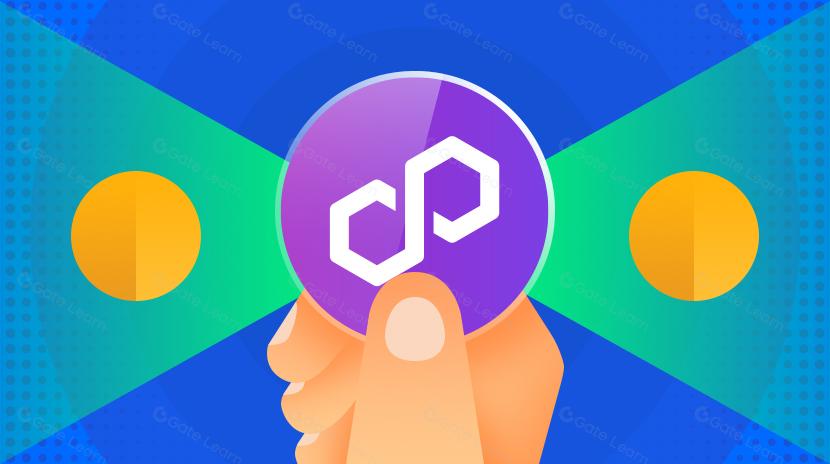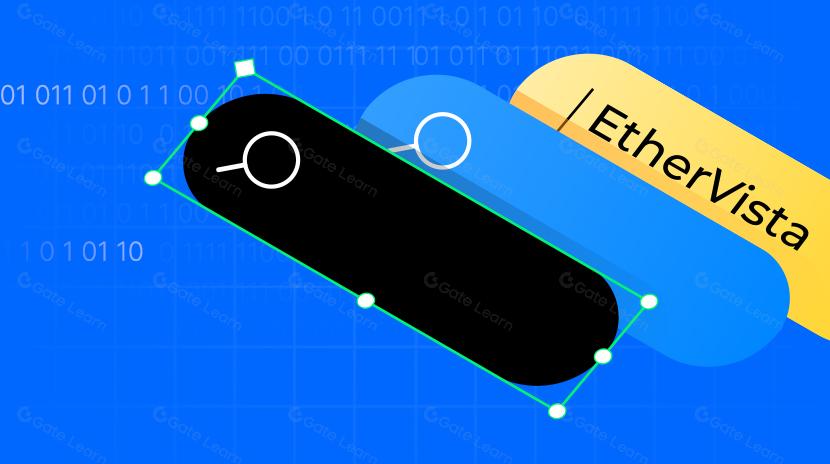Plataforma de Identidade de IA Personalizada Honcho: Como as Aplicações LM Podem Desbloquear Experiências Hiperpersonalizadas?
TL;DR
Com o surgimento de grandes modelos de linguagem, a demanda por personalização em software está crescendo como nunca antes. A plataforma recém-lançada da Plastic Labs, Honcho, adota uma abordagem de "plug-and-play" projetada para salvar os desenvolvedores de reinventar a roda quando se trata de construir perfis de usuário profundos.
Em 11 de abril (horário de Pequim), a startup de IA Plastic Labs anunciou que completou uma rodada de financiamento Pre-Seed de $5.35 milhões. A rodada foi liderada pela Variant, White Star Capital e Betaworks, com a participação da Mozilla Ventures, Seed Club Ventures, Greycroft e Differential Ventures. Investidores-anjo incluíram Scott Moore, NiMA Asghari e Thomas Howell. Ao mesmo tempo, sua plataforma de identidade de IA personalizada, Honcho, foi oficialmente aberta para acesso antecipado.

Uma vez que o projeto ainda está em seus estágios iniciais, a comunidade cripto em geral sabe muito pouco sobre Plastic Labs. Ao lado do anúncio da Plastic sobre seu financiamento e lançamento de produto, Daniel Barabander—Sócio Geral e Consultor do investidor líder Variant—compartilhou uma análise detalhada do projeto e sua plataforma Honcho. O conteúdo original é o seguinte:
Com o surgimento de aplicações de grandes modelos de linguagem (LLM), a demanda por personalização em software cresceu de forma sem precedentes. Essas aplicações dependem da linguagem natural, que varia dependendo da pessoa com quem você está falando - assim como você explicaria um conceito matemático de forma diferente para seus avós do que para seus pais ou filhos. Você instintivamente adapta sua comunicação ao seu público, e as aplicações LLM devem "entender" de forma semelhante com quem estão interagindo para oferecer experiências mais eficazes e personalizadas. Seja um assistente terapêutico, um consultor jurídico ou um companheiro de compras, essas aplicações precisam de um verdadeiro entendimento do usuário para oferecer um valor real.
No entanto, apesar da importância crítica da personalização, atualmente não existem soluções prontas que as aplicações LM possam integrar facilmente. Os desenvolvedores muitas vezes têm que juntar sistemas fragmentados para armazenar dados do usuário (geralmente na forma de registros de conversas) e recuperá-los quando necessário. Como resultado, cada equipe acaba reinventando a roda ao construir sua própria infraestrutura de gerenciamento de estado do usuário. Pior ainda, técnicas como armazenar interações do usuário em um banco de dados vetorial e usar geração aumentada por recuperação (RAG) só podem lembrar conversas passadas — não conseguem capturar aspectos mais profundos do usuário, como interesses, preferências de comunicação ou sensibilidade ao tom.
A Plastic Labs apresenta o Honcho, uma plataforma plug-and-play que permite aos desenvolvedores implementar facilmente a personalização em qualquer aplicação LLM. Em vez de construir a modelagem do usuário a partir do zero, os desenvolvedores podem simplesmente integrar o Honcho para acessar instantaneamente perfis de usuários ricos e persistentes. Esses perfis vão além do que os métodos tradicionais podem oferecer, graças ao uso de técnicas de ponta da ciência cognitiva pela equipe. Além disso, eles suportam consultas em linguagem natural, permitindo que os LLMs se adaptem dinamicamente com base no perfil do usuário.

Ao abstrair a complexidade da gestão do estado do usuário, Honcho abre as portas para um novo nível de experiências hiper-personalizadas para aplicações LLM. Mas sua importância vai muito além disso: os perfis de usuário ricos e abstratos gerados pelo Honcho também abrem caminho para a há muito elusiva ‘camada de dados do usuário compartilhada’.
Historicamente, as tentativas de construir uma camada de dados de usuário compartilhada falharam por duas razões principais:
Falta de interoperabilidade: Os dados do usuário tradicionais muitas vezes estão fortemente ligados a contextos de aplicativos específicos, tornando difícil a migração entre aplicativos. Por exemplo, uma plataforma social como X pode modelar usuários com base em quem eles seguem, mas esses dados oferecem pouco valor para a rede profissional no LinkedIn. O Honcho, por outro lado, captura traços de usuário de ordem superior e mais universais que podem servir perfeitamente a qualquer aplicativo LM. Por exemplo, se um aplicativo de tutoria descobre que um usuário aprende melhor por meio de analogias, um assistente de terapia poderia aproveitar essa mesma percepção para se comunicar de forma mais eficaz, mesmo que os dois casos de uso sejam completamente diferentes.
Falta de valor imediato: As camadas compartilhadas anteriores lutaram para atrair adotantes de aplicativos iniciais porque não forneciam benefícios tangíveis antecipadamente, mesmo que esses usuários iniciais fossem essenciais para gerar dados valiosos. O Honcho adota uma abordagem diferente: primeiro resolve o 'problema primário' do gerenciamento do estado do usuário para aplicativos individuais. À medida que mais aplicativos se unem, o efeito de rede resultante aborda naturalmente o 'problema secundário'. Novos aplicativos não apenas se integram para personalização, mas também se beneficiam de perfis de usuário compartilhados existentes desde o início, contornando completamente o problema de inicialização a frio.
Atualmente, centenas de aplicativos estão na lista de espera para o beta fechado da Honcho, abrangendo casos de uso como coaching para recuperação de vícios, companheiros educacionais, assistentes de leitura e ferramentas de comércio eletrônico. A estratégia da equipe é primeiro focar na resolução do desafio central da gestão do estado do usuário para aplicativos, e depois gradualmente implementar a camada de dados compartilhada para os aplicativos participantes. Esta camada será suportada por incentivos criptografados: os integradores iniciais receberão ações de propriedade na camada de dados e se beneficiarão do seu crescimento. Além disso, mecanismos de blockchain garantirão que o sistema permaneça descentralizado e confiável, aliviando preocupações em relação a entidades centralizadas que extraem valor ou constroem produtos concorrentes.
A Variant acredita que a equipe da Plastic Labs está bem posicionada para enfrentar o desafio da modelagem de usuários no software impulsionado por LL. A equipe experimentou esse ponto de dor em primeira mão ao construir Bloom, um aplicativo de tutoria personalizado baseado em chat, e percebeu que o aplicativo não podia realmente entender os alunos ou seus estilos de aprendizagem. Honcho nasceu dessa percepção - e agora está resolvendo um problema com o qual todo desenvolvedor de aplicativos LLM certamente enfrentará.
Aviso legal:
Este artigo é republicado a partir de [PANews]. Direitos autorais pertencem ao autor original [Zen]. Se você tiver preocupações sobre a republicação, entre em contato com oGate Learnequipe, que irá resolvê-lo através dos canais apropriados.
Aviso Legal: As opiniões expressas neste artigo são exclusivamente do autor e não constituem um conselho de investimento.
Outras versões deste artigo em outros idiomas foram traduzidas pela equipe Gate Learn. Não reproduza, distribua ou cometa plágio dessas versões traduzidas sem atribuição adequada aGate.com.
Artigos Relacionados

O que é o PolygonScan e como você pode usá-lo? (Atualização 2025)

O que é Bitcoin?

O que é Tronscan e como você pode usá-lo em 2025?

O que é EtherVista, o autoproclamado "Novo Padrão para DEX"?

O que é a Carteira HOT no Telegram?


